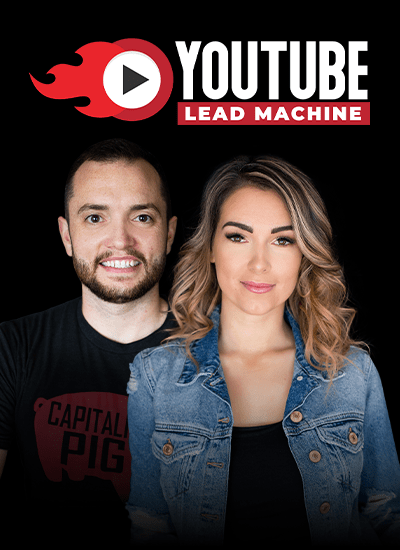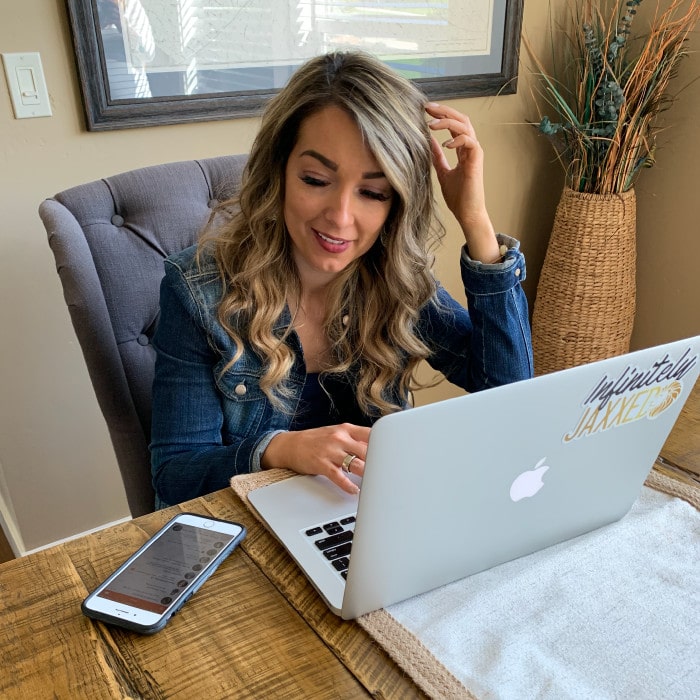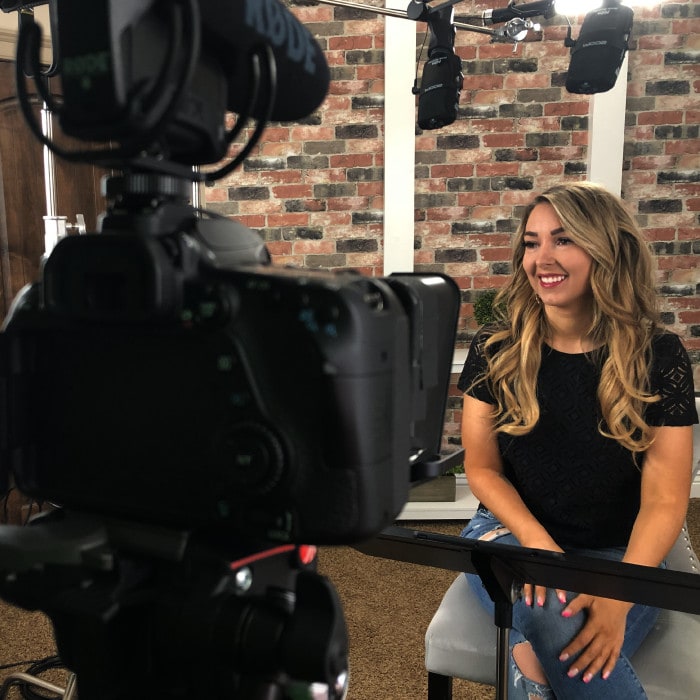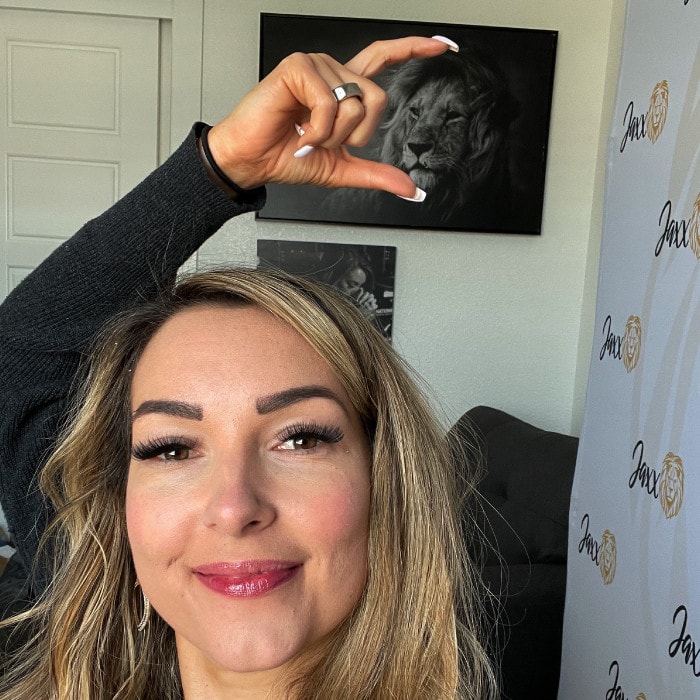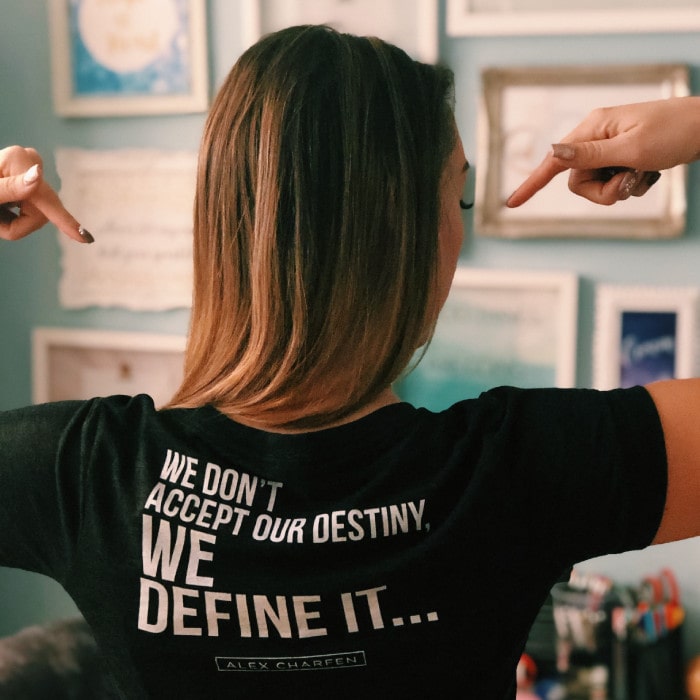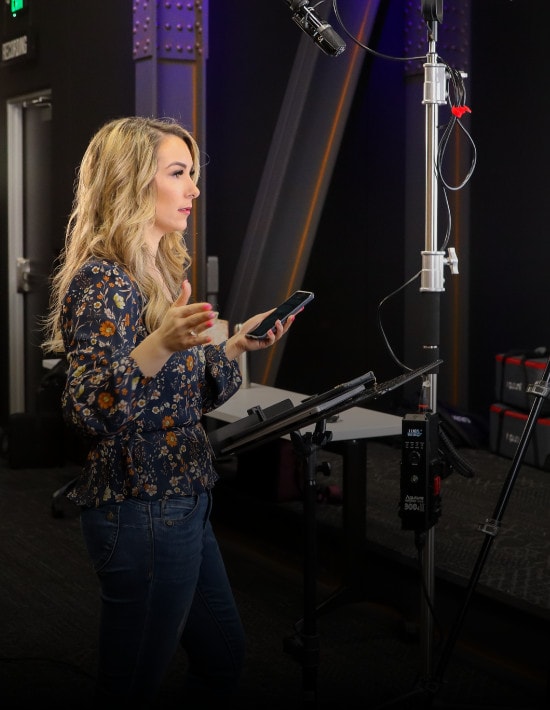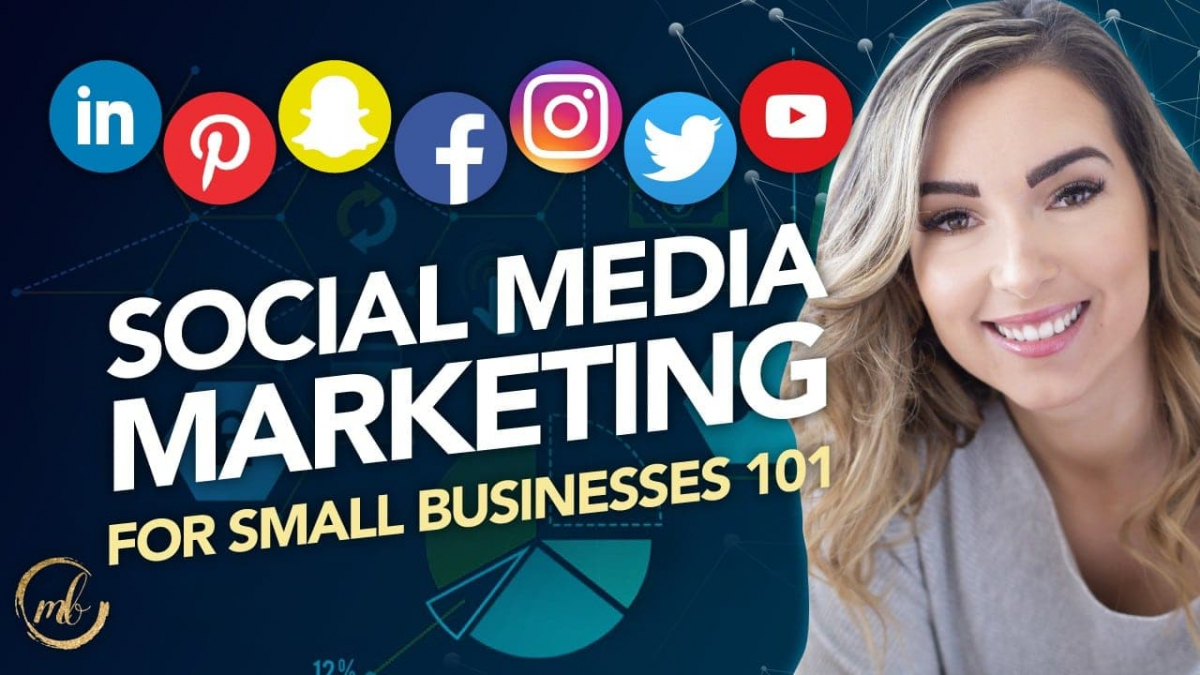Social Media Marketing Tips And Tricks For Small Business Marketing
Register for my FREE MASTERCLASS TRAINING:
How to Create 60 Days of Social Media and Video Content in 8 Hours
Get your FREE Thought Leader Handbook
As an entrepreneur, you already know that you need to have a social media strategy. And if you don’t, your competitors who do are going to win over the clients and customers that should’ve gone to you, right? And the big problem with that is that we know that the competitors don’t have the same level of service and integrity that you would. So let’s talk about how to plan your social media strategy. Before you create any content we need to figure out two things, your message and who the audience is.
Who do you actually want to reach with this message? Who are we talking to? Are we talking to broke people? Are we talking to people who have businesses, who are part-time business owners who have a hobby turned business? Do we want to talk to men? Do we want to talk to women? Do we want to talk to housewives? Do we want to talk to people who love cats? We want to get actually very niche and specific on who we’re speaking to, and then that’s where we dial in the message. Because if you cast a wide net, you might think that you’re able to reach more people. But the fact is you get drowned out in all the noise because there are a lot of people on the Internet making noise but not making an impact. And when you’re creating your social media strategy, you want to make an impact and a profit, but you’re only able to make that profit if you start with who you’re impacting first.
Once you know who you’re talking to, then we know how to reach them, how to make that emotional connection with them. How to elicit an emotional response and how to make an impact, which then potentially drives to profit. It can convert them into becoming a customer or a client of what you have to offer. So first we want to know who we’re speaking to and how to adjust our message to exactly who we’re speaking to. So if we’re talking to people who love cats or if we’re talking to people who are struggling in their business, we want to know what are the products and services that they already like that they already want. What are the problems that are keeping them up at night and how can we craft our content around what exactly resonates with them? Because if someone came to me and they’re talking to me about how to change the oil in their car, I’m like, I don’t care. That’s not content that gets me excited. But if someone talks to me about building my audience and making an impact and scaling my revenue, that is something that makes me excited. So you have to know who you’re speaking to so that you can make that impact, and speak to them exactly where they’re at.
So now we want to plan out what exactly is the content strategy. What are the platforms we’re posting on? What exactly are we saying? How frequently are we creating content? How frequently are we posting and in what mediums are we doing text-based posts? Are we writing blogs? Are we creating videos? And really you’re only going to know this, what works best by testing, by putting out the content, seeing what works. No, I’m not saying to always be doing that because we don’t want to just have like a, throw the spaghetti on the wall and see what sticks strategy, or as some people call it spray and pray. We want to actually test the audience versus seeing what are they responding to, what do they like. And once you get that data, once you get that market feedback, that’s what you go all-in on that content. So for me, I know that my audience loves video content and even just seeing the trends online, we know that video is valued highest on the algorithm and that most people are consuming content with video. Then we want to plan out your value ladder and your visibility ladder. And let me tell you what both of those, your value ladder is the levels of value that people can work with you.
So let’s actually imagine you have a staircase, and on each level is how people can work with you and give different access to you, and also different levels of service and results, and also different price points. So from the bottom of the ladder is your entry-level, where people are paying the least to work with you and the absolute top of the value ladder where people are paying the most, and get the most access and results from you.
So basically let’s say, if you have an entry-level offer that’s like $20, maybe it’s a book. If you have a book to sell, it’s $20 and then someone could potentially join your course, and your course could be 500 or a few thousand dollars that’s like your core offer. What most people come into to get the like mid-tier access and services, and results from you. And then you have a high ticket offer which could be several thousands of dollars, where they get exclusive one on, maybe it’s not one-on-one, but exclusive access and being able to get the most results working directly with you. So that’s what your value ladder is. That’s how you have to look at your products and services. And this is where your visibility ladder comes into place is because you have all these products and services, and it’s not enough to just create content and go, “Hey, I have this course, buy this, or hey, I have this book buy this.” You need to also warm up your audience and we call that your cold, warm and hot audience. So if we look at your value ladder and then align your visibility ladder with it, you have to think of how are you ascending people from your entry-level to your high ticket, and what’s the content that you’re sending to your cold audience all the way up to your hot, warm, as hottest traffic so that they know they can trust you, and that it makes selling 10 times easier and trust instant.
So when we’re creating the content, we want to look at, how do we want to get visible and how do we warm up our audience? How do we give them content that indoctrinates them and builds them into becoming a true raving audience of who you are and what you do? That it gets them sharing your message for you, doing the work for you to share what it is that you’re about, and promoting your products and services because they love and trust you so much. So again, as you’re building out your value ladder and your visibility ladder, you want to go back to what are the platforms that I need to be on? What kind of content am I going to create? Am I going to make Instagram posts, am I going to make YouTube videos? And how do I get more visible up the ladder and give people more value that’s warming them up to the next offer that I have to provide in my value ladder? And the way that we do this that you might notice, and you can look at my YouTube channel as an example and see it right in action, is I give value and then I say, click the link below to get this free thing. And that’s typically to a cold or a warm audience.
Now once they’re on my email list, that’s where I can become more visible by giving them more exclusive content because they’re subscribed to my email list. Not everyone gets the content and the value that I provide if they’re not on my email list. So that’s warming them up to then potentially becoming an entry-level customer, to becoming a core offer customer and then becoming a high ticket client. So look at the platform that you’re currently succeeding on and focus your efforts there. You don’t have to be amazing at all platforms. If you get most of your clients on Instagram, focus on Instagram. If you get a lot of success on Facebook, focus on Facebook, if you have a good variety, and if you have the capacity and the content abilities to be able to focus on all of them, that’s great. But if you’re first starting out, focus on where you’re seeing the most success and where you’re generating the most leads from. Most importantly, look at your demographic. Understand where they actually are. Do you have an audience of women, of middle-aged women, are they housewives? Maybe they’re going to be spending more time on Pinterest. If you’re trying to reach middle-age men who love golf, they’re not so much on Pinterest, but maybe they’re on Facebook, maybe they’re on YouTube. Again, it’s something that you’re going to be able to develop and test over time, as you’re putting your content out.
The world of social media content is changing. It’s not about reinventing the wheel, but leveraging the content you have to work for you in many different ways. The best way to do this is to plan your content in advance. You have months of it, repurpose it and make it work for your business in a way that drives your sales, without putting time constraints into your already busy plate. And if you’re someone that needs support in creating a batch amount of content in little time, I actually have a free masterclass called How to Create 60 days of Social Media and Video Content in Eight Hours. It’s absolutely free training. It’s a masterclass, no crazy sales pitch at the end.
Click here to subscribe for more weekly videos.

